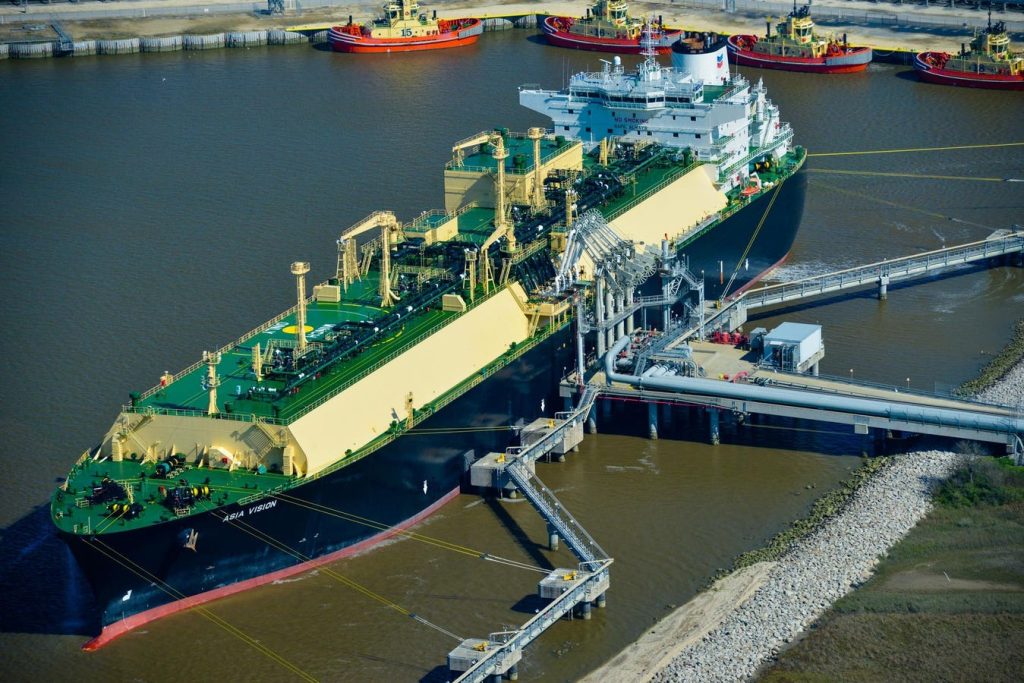The global liquefied natural gas (LNG) market has always been characterized by price cyclicality, with recent years marked by volatility due to factors such as Russia’s invasion of Ukraine and outages in key producing countries. However, signs now point towards a more stable direction as the market heads towards the end of the decade. While Europe and Asia, the two largest LNG importing regions, often compete for cargoes, a shift in global supply dynamics is anticipated with increased supply expected in the first half of 2025.
Factors contributing to this potential change include the expected increase in LNG exports from the U.S. and Qatar, as well as efforts by Southern European economies to strengthen partnerships with Algeria. The U.S. is currently the largest LNG exporter and is set to further expand its presence in international markets, with a projected increase in LNG exports in the coming years. Qatar also plans to double its LNG export capacity, contributing to the overall increase in global LNG supply.
Data indicates that by 2028, the LNG industry will witness a significant increase in capacity, with a total of 248 million tonnes per annum (mtpa) of LNG expected to come onto global markets. This could account for around 50% of the existing global LNG supply. Such an increase in supply could lead to a less volatile market for key LNG importers, particularly in Europe. This shift may help address the European energy crisis that stemmed from the Ukraine war and potentially result in more competitive LNG pricing.
The growth in LNG imports is particularly notable in Asia, with China leading the way in terms of increased imports. The International Energy Forum projects that the global LNG market will grow by 25% to 500 mtpa by the end of the decade, driven largely by Asia. However, energy transition economics are also at play, with a shift away from coal-fired power plants towards natural gas and renewables. This transition could impact consumption patterns and the stability of the LNG market.
The International Energy Agency forecasts a marginal increase in gas-to-power demand in 2024, with shifts in consumption patterns expected across different regions. While the market may see fluctuations as 2030 approaches, the overall trend suggests downward pressure on LNG prices and a more stable market environment. This anticipated shift in market dynamics will likely be a key topic of discussion at Gastech, the natural gas industry’s major annual event, taking place in Houston, Texas, this year.


